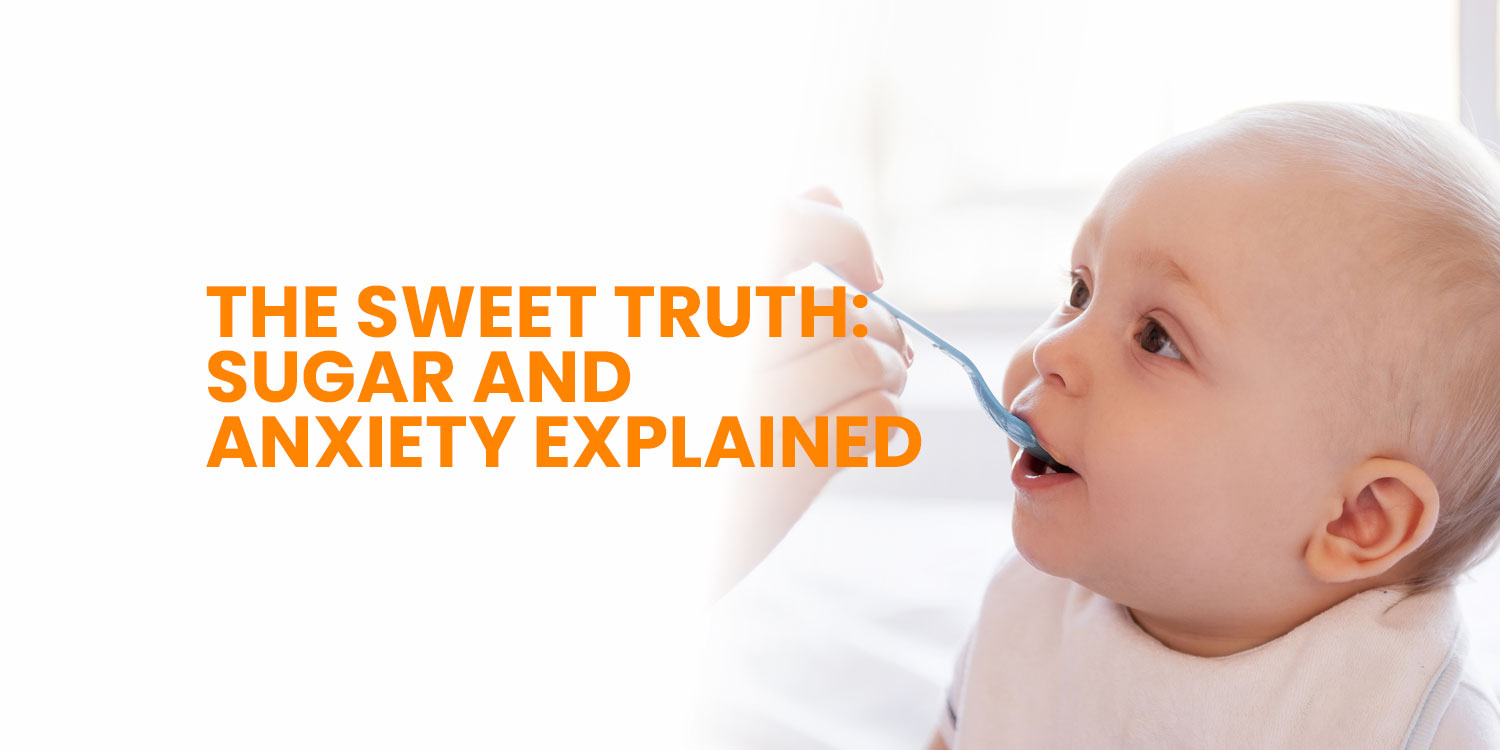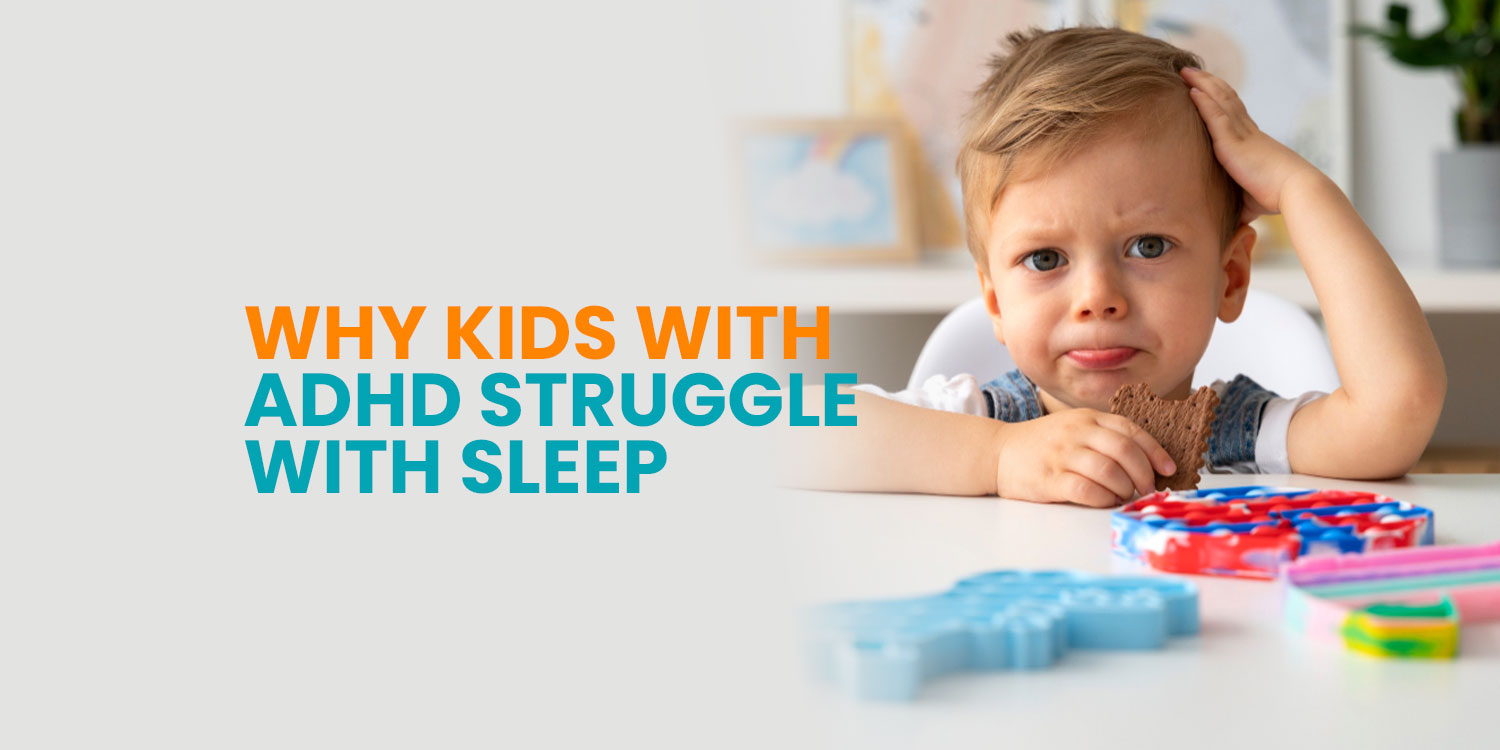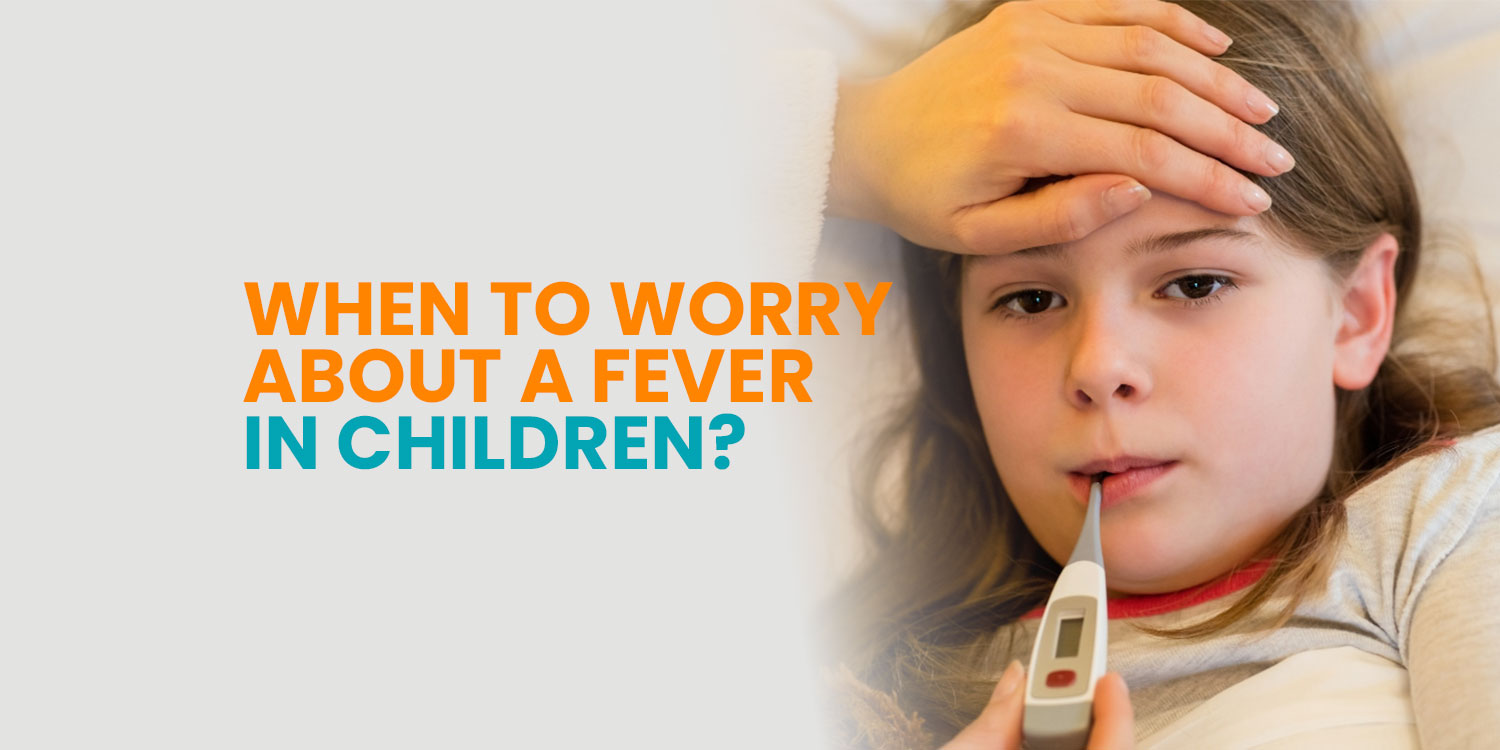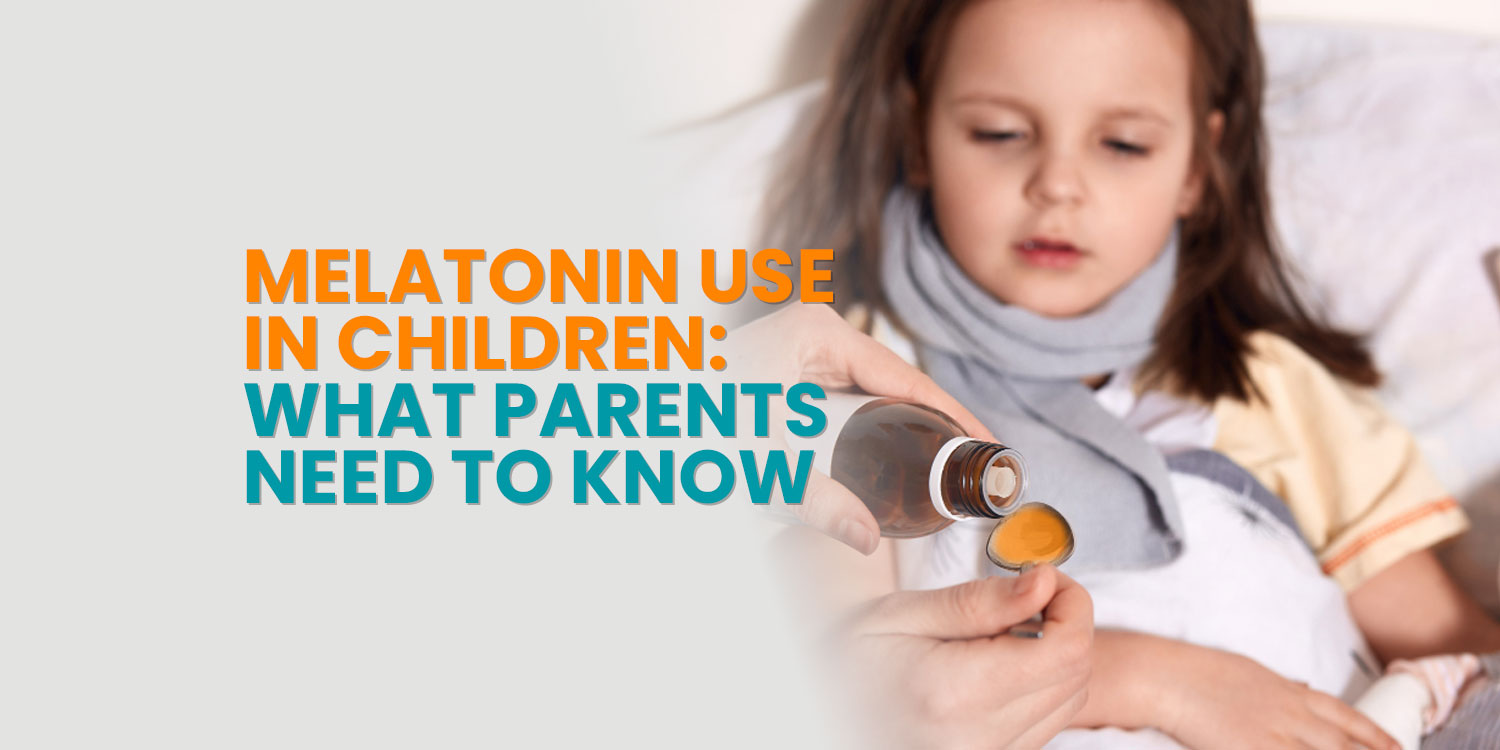Using Sugar Water to Help Manage a Baby’s Pain: What Parents Should Know
As parents, we always want to comfort our babies when they experience discomfort or pain. Whether it’s during vaccinations, blood tests, or other minor medical procedures, finding a safe and effective way to soothe them is a priority. One method that has been widely studied and recommended by healthcare professionals is using sugar water, also known as a sucrose solution. But how does it work, and is it safe? Let’s dive into the details.
How Sugar Water Helps with Pain Relief
Sugar water acts as a mild analgesic for infants, particularly newborns up to six months of age. Research indicates that when a small amount of sucrose solution is placed on a baby’s tongue, it stimulates the release of endogenous opioids such as endorphins, which help reduce the perception of pain (Harrison et al., 2010; Stevens et al., 2016). This natural response can make infants feel calmer and more comfortable during minor medical procedures.

When Can Sugar Water Be Used?
Sugar water is commonly used in hospitals and pediatric clinics to help ease pain during procedures such as:
- Vaccinations
- Heel pricks for blood tests
- IV insertions
- Nasogastric tube insertions
- Circumcision (under medical supervision)
However, it is important to note that sucrose is not a replacement for medical pain relief in more serious situations. Parents should always consult with a healthcare provider before using this method at home (American Academy of Pediatrics [AAP], 2016).

How to Make Sugar Water for Babies
If advised by a healthcare provider, a simple sugar water solution can be prepared at home as follows:
Ingredients:
- 1 teaspoon (5 mL) of white sugar
- 2 teaspoons (10 mL) of boiled and cooled water
Instructions:
- Mix the sugar and water in a sterile container until fully dissolved.
- Use a clean dropper or syringe (without a needle) to place 0.5 to 1 mL of the solution on the baby’s tongue 1 to 2 minutes before the procedure.
- Do not exceed the recommended dosage or frequency.
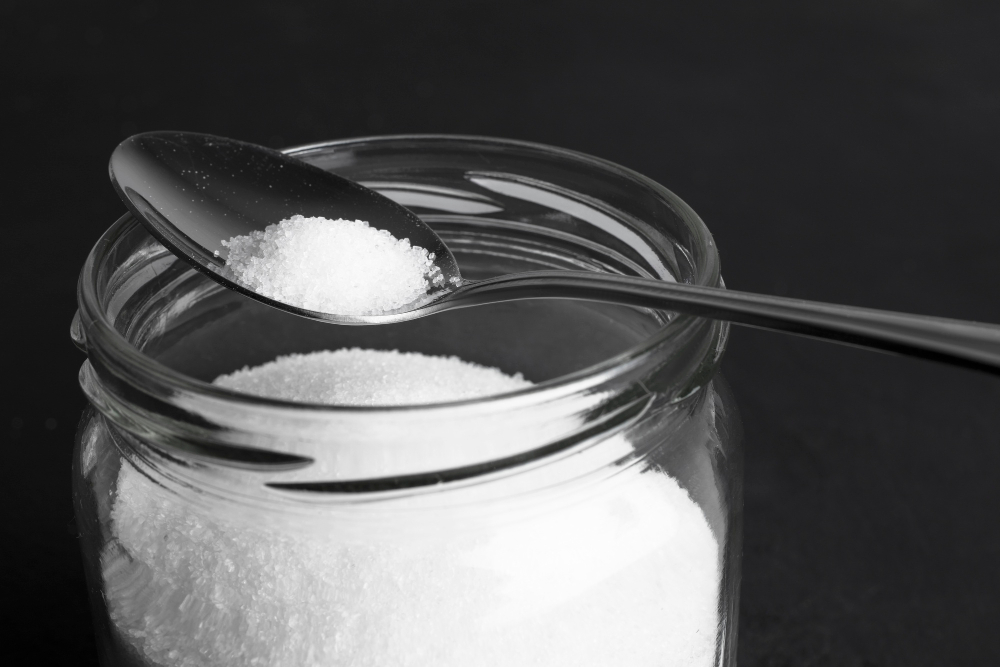
Is Sugar Water Safe for Babies?
Sugar water is considered safe for short-term use in healthy full-term infants under six months old, provided it is administered in small amounts and under medical supervision (Stevens et al., 2016). However, certain precautions should be observed:
- Limit its use: Frequent use is discouraged to avoid fostering a preference for sweet tastes or increasing unnecessary sugar exposure.
- Avoid in high-risk infants: Babies with metabolic disorders, diabetes, or those born prematurely should not receive sucrose without medical clearance.
Consult a pediatrician: Always discuss pain relief options with your doctor, as individual needs may vary.
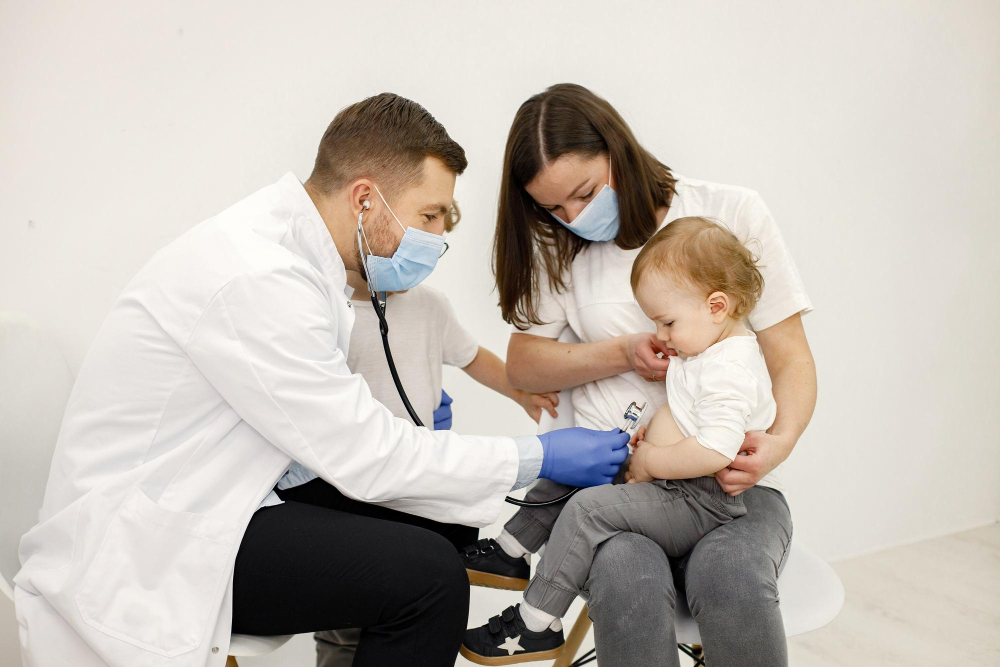
Other Ways to Comfort Your Baby
While sugar water is effective, other non-pharmacological techniques may also help reduce pain in infants during medical procedures:
- Breastfeeding: Offers both nourishment and comfort through skin-to-skin contact and the release of oxytocin.
- Skin-to-skin contact: Helps regulate the infant’s heart rate and stress levels.
- Swaddling and pacifiers: Can provide a calming, secure feeling and distract from pain (Johnston et al., 2011).

Final Thoughts
Sugar water is a safe, simple, and evidence-based method for managing minor pain in infants when used appropriately and under medical guidance. It is widely supported in clinical settings for routine procedures and has been shown to reduce signs of distress. However, it should not be overused or used as a substitute for necessary medical treatments. When in doubt, parents should always consult their child’s healthcare provider to determine the best approach for pain management.
References
American Academy of Pediatrics. (2016). Prevention and management of procedural pain in the neonate: An update. Pediatrics, 137(2), e20154271. https://doi.org/10.1542/peds.2015-4271
Harrison, D., Beggs, S., Stevens, B., & Franck, L. (2010). Sucrose for procedural pain management in infants. Pediatric Clinics of North America, 57(6), 1139–1151. https://doi.org/10.1016/j.pcl.2010.09.002
Johnston, C. C., Fernandes, A. M., & Campbell-Yeo, M. (2011). Pain in neonates is different. Pain, 152(3 Suppl), S65–S73. https://doi.org/10.1016/j.pain.2010.10.008
Stevens, B., Yamada, J., Ohlsson, A., Haliburton, S., & Shorkey, A. (2016). Sucrose for analgesia in newborn infants undergoing painful procedures. Cochrane Database of Systematic Reviews, (7), CD001069. https://doi.org/10.1002/14651858.CD001069.pub5

